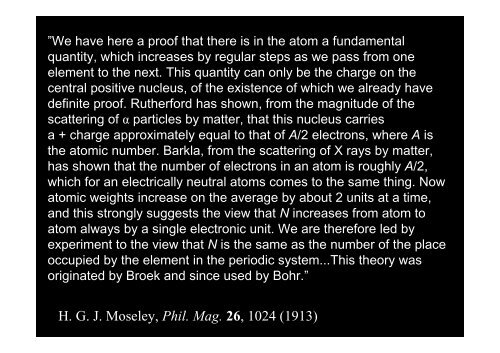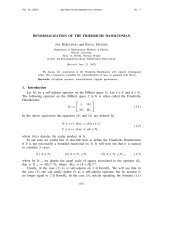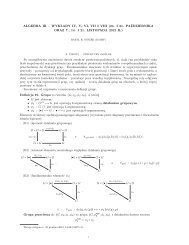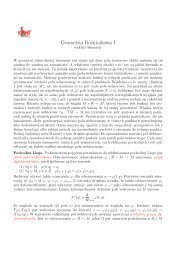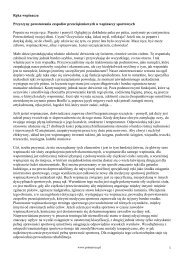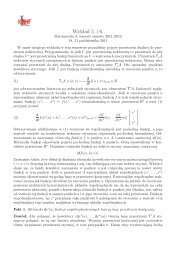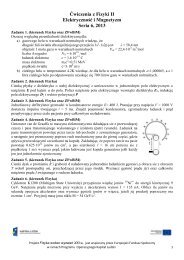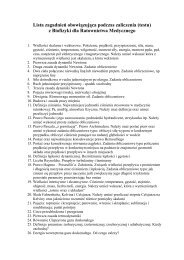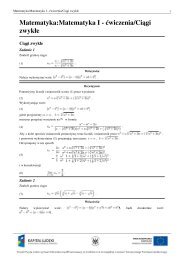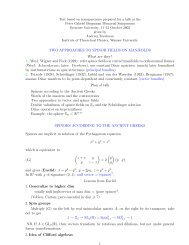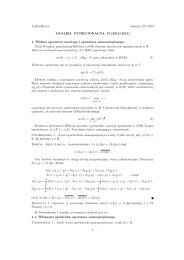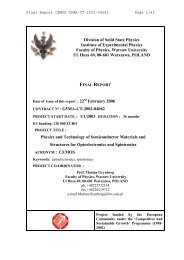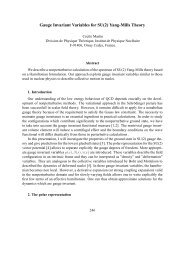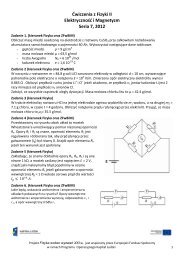XXth century_physics
XXth century_physics
XXth century_physics
You also want an ePaper? Increase the reach of your titles
YUMPU automatically turns print PDFs into web optimized ePapers that Google loves.
”We have here a proof that there is in the atom a fundamental<br />
quantity, which increases by regular steps as we pass from one<br />
element to the next. This quantity can only be the charge on the<br />
central positive nucleus, of the existence of which we already have<br />
definite proof. Rutherford has shown, from the magnitude of the<br />
scattering of α particles by matter, that this nucleus carries<br />
a + charge approximately equal to that of A/2 electrons, where A is<br />
the atomic number. Barkla, from the scattering of X rays by matter,<br />
has shown that the number of electrons in an atom is roughly A/2,<br />
which for an electrically neutral atoms comes to the same thing. Now<br />
atomic weights increase on the average by about 2 units at a time,<br />
and this strongly suggests the view that N increases from atom to<br />
atom always by a single electronic unit. We are therefore led by<br />
experiment to the view that N is the same as the number of the place<br />
occupied by the element in the periodic system...This theory was<br />
originated by Broek and since used by Bohr.”<br />
H. G. J. Moseley, Phil. Mag. 26, 1024 (1913)


